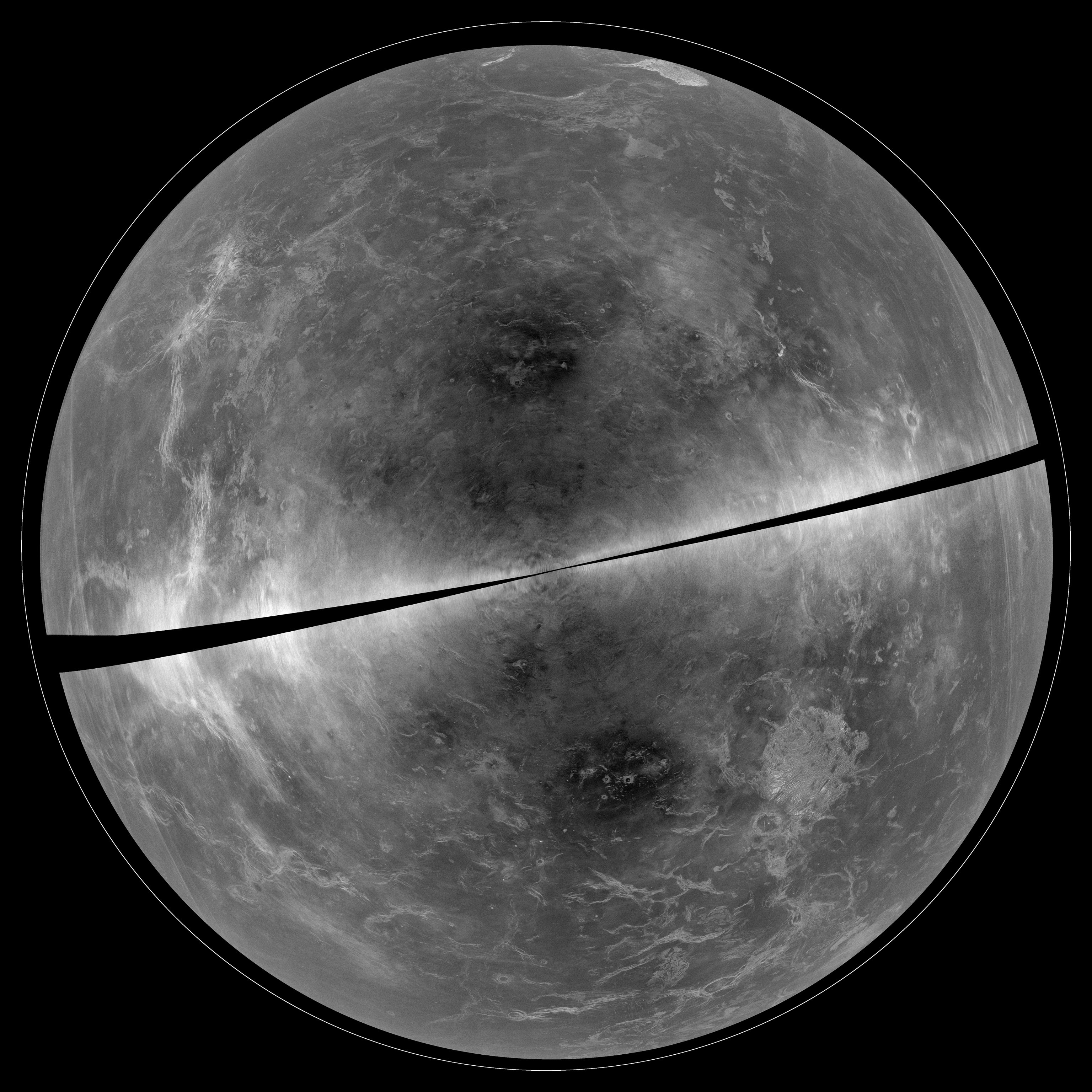The math used by current technology to determine the distance to the sun is simple trigonometry, a right angle, the angle between the sun and Venus as seen from Earth, and the distance to Venus.
Can someone provide a link to whatever it is that sends and receives that radio wave to and from Venus, and any other details about the process?
Thanks.
Can someone provide a link to whatever it is that sends and receives that radio wave to and from Venus, and any other details about the process?
Thanks.




